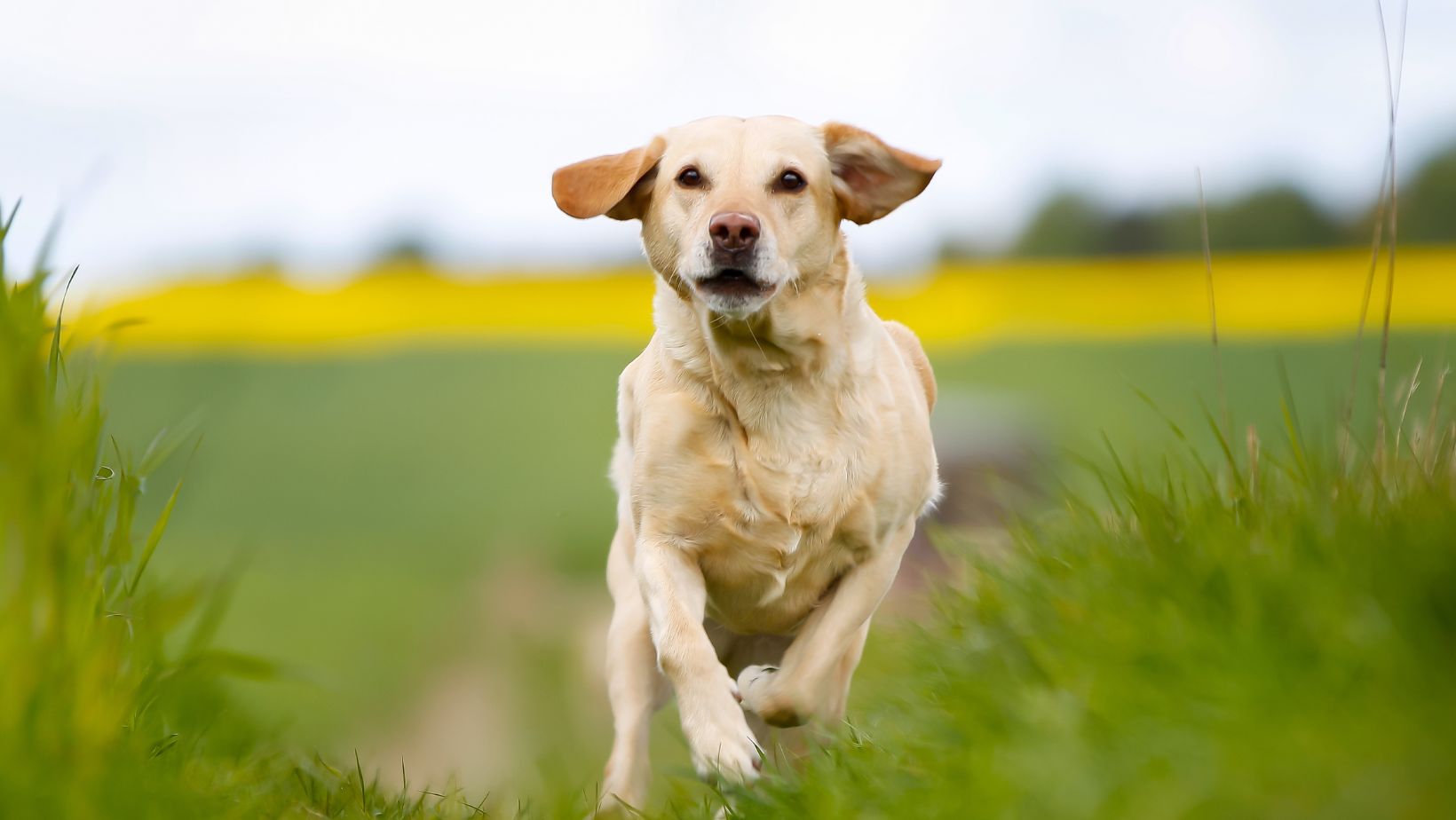Are you struggling with a Labrador who has a biting problem? Don’t worry, I’ve got some effective techniques to help calm your dog down and curb their biting behavior. Understanding why dogs bite is crucial in addressing this issue. It could be due to fear, anxiety, teething, or even playfulness. Regardless of the reason, here are some steps you can take to calm your dog down from biting:
How to Calm a Dog Down From Biting
- Fear and Anxiety: Dogs may become aggressive and resort to biting when they feel threatened or scared. This could be due to loud noises, unfamiliar environments, or even past traumatic experiences.
- Protective Instincts: Dogs have an innate protective instinct towards their territory, possessions, or family members. If they perceive a threat or invasion of their space, they might resort to biting as a defensive response.
- Pain or Discomfort: When dogs are in pain or discomfort due to injury, illness, or other underlying medical conditions, they may exhibit aggressive behavior and bite as a way of expressing their distress.
- Lack of Socialization: Insufficient socialization during a dog’s early developmental stages can contribute to fear-based aggression later on. If they haven’t been exposed to different people, animals, and situations during their critical socialization period (typically between 3-14 weeks), they may react defensively by biting.
Redirecting and Distracting Your Dog’s Attention
- Verbal Cues: Use simple commands like “sit,” “down,” or “stay” to divert your dog’s attention and reinforce obedience. By giving them something else to focus on, you can interrupt their biting impulses.
- Toys and Chews: Offer your dog a variety of interactive toys and durable chews designed specifically for chewing and mental stimulation. These distractions not only provide an outlet for their natural urge to bite but also engage their mind in a positive way.
- Change of Environment: Sometimes, changing the environment can help break the cycle of biting behavior. Take your dog for a walk or bring them into a different room with new sights and smells to capture their interest and redirect their energy.

Using Interactive Treat Dispensers
Interactive treat dispensers are excellent tools for redirecting your dog’s attention away from biting behaviors while simultaneously rewarding good behavior. These devices require dogs to work for treats by pawing at or manipulating the dispenser, promoting mental engagement and discouraging destructive habits like biting.
- Puzzle Toys: Puzzle toys challenge dogs to solve problems in order to access hidden treats inside compartments or through various mechanisms. They stimulate cognitive skills while providing hours of entertainment, effectively distracting dogs from biting tendencies.
- Treat Balls: Treat balls are hollow spherical toys that dispense treats when rolled or manipulated by dogs during playtime. The rolling motion keeps dogs active while diverting their focus from biting onto obtaining tasty rewards instead.
When to Seek Professional Help
Here are a few reasons why seeking professional help might be necessary:
- Expertise: Trainers and behaviorists have extensive knowledge and experience working with dogs of all breeds, including Labradors. They can accurately assess the underlying causes of your dog’s biting behavior and develop a customized training plan.
- Safety concerns: If your Labrador’s biting becomes aggressive or poses a threat to the safety of yourself or others, it’s crucial to consult with a professional who can implement appropriate measures to ensure everyone’s well-being.
- Understanding the triggers: Sometimes, determining the root cause of a dog’s biting behavior requires specialized expertise. A professional can identify potential triggers such as fear, anxiety, territoriality, or resource guarding and devise strategies to address them effectively.
- Behavior modification techniques: Trainers and behaviorists are skilled in using positive reinforcement techniques to modify undesirable behaviors like biting. They can teach you how to communicate effectively with your dog, establish boundaries, and redirect their focus onto more appropriate activities.
Remember that seeking professional help is not an admission of failure but rather a proactive step toward providing the best care for your Labrador. By collaborating with an expert, you’ll gain valuable insights into managing your dog’s biting behavior while ensuring their overall well-being.
I hope these tips prove helpful on your journey towards calming down your biting Labrador!